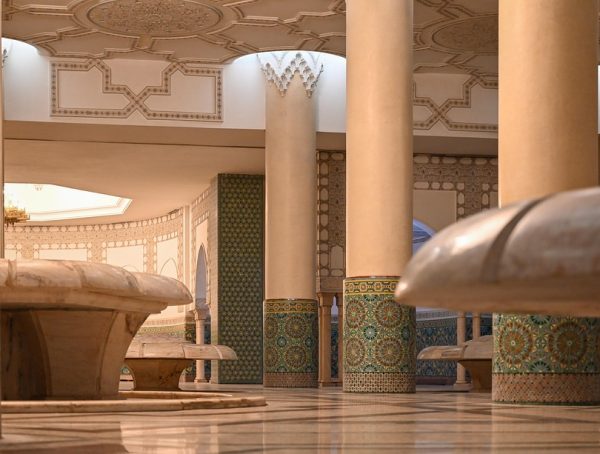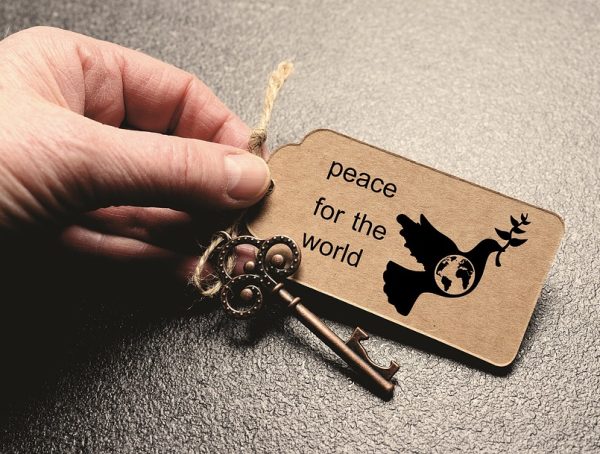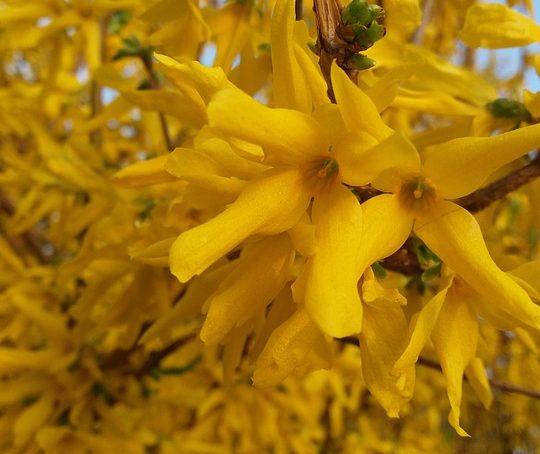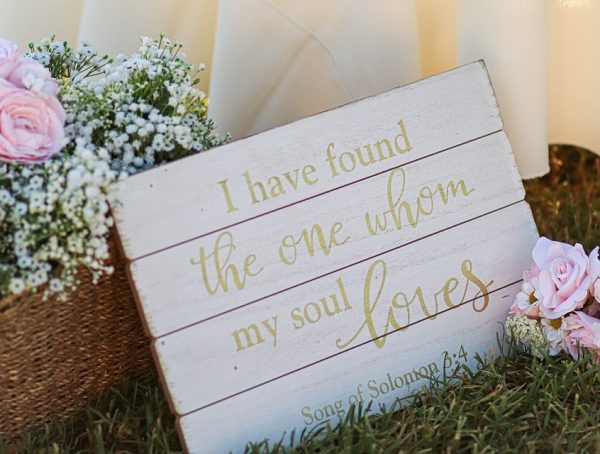7 Universal Symbols of Peace: Emblems of Hope
In a world where chaos often reigns, symbols of peace serve as a beacon of hope. They can unite people from various backgrounds, fostering understanding and promoting harmony. Across cultures and time, certain symbols have emerged, encapsulating the ideals of peace, cooperation, and goodwill. Here, we’ll explore seven universal symbols of peace and offer practical action steps for readers to incorporate these ideals into their daily lives.
1. The Dove
The dove, often depicted with an olive branch in its beak, has long been recognized as a symbol of peace. In many cultures and religions, it signifies hope, renewal, and the Spirit of God. Historically, the olive branch is associated with peace treaties and reconciliation.
Action Step:
Find a Dove-Making Workshop: Participate in or organize a dove-making workshop in your community. Use art as a medium to share the message of peace while connecting with others.
2. The Olive Branch
The olive branch itself is more than just an appendage to the dove. It has been utilized in various historical contexts as a symbol of peace, offering assurances of safety and goodwill during the tumultuous times of warfare. In ancient Greece, olive branches were given to victors at the Olympic Games.
Action Step:
Send Olive Branches: Write a letter to someone you may have had a disagreement with in the past. Include a small olive branch or a drawing of one while extending a metaphorical olive branch and promoting reconciliation between you two.
3. The Peace Sign
Created in 1958 for the British nuclear disarmament movement, the peace sign, with its simple yet powerful design, has permeated international culture. It represents not only anti-war sentiment but also a broader message of compassion, coexistence, and social justice.
Action Step:
Initiate a Peace Circle: Gather friends or peers in your community and form a peace circle. Share personal experiences regarding peace and engage in discussions on how to advocate for peace in your daily life.
4. The Lotus Flower
In many Eastern religions, the lotus flower symbolizes purity, enlightenment, and rebirth. It rises from the mud, signifying hope that beauty can emerge from adversity. The lotus is often associated with inner peace and self-reflection.
Action Step:
Practice Mindfulness: Dedicate a few minutes each day to mindfulness meditation or yoga, embracing the symbolism of the lotus. Aim to cultivate inner peace, which will translate into your interactions with others.
5. The Rainbow
After the storm, the rainbow appears, symbolizing hope and a promise of brighter days. In many cultures, it stands for unity among diverse communities. The rainbow bridge metaphorically joins differences and fosters a collective understanding.
Action Step:
Create a Rainbow Chart: Engage your friends or community members to create a rainbow chart representing diverse backgrounds, cultures, and beliefs. Celebrate these differences through communal activities or a potluck.
6. The Yin-Yang
Originating from Taoism, the yin-yang symbolizes balance and duality in life. It reflects the belief that opposites coexist and complement one another, much like light and dark, joy and sorrow, peace, and chaos. This symbol emphasizes embracing differences and finding harmony within them.
Action Step:
Balance Your Life: Reflect on areas of your life requiring more balance. Create actionable steps to foster harmony—whether through work, self-care, or relationships—and implement them.
7. The Ankh
An ancient Egyptian symbol, the ankh represents eternal life and unity. This cross-like figure signifies the connection between all living beings and the importance of caring for one another. It advocates for the preservation of harmony and interconnectedness.
Action Steps:
Engage in Community Service: Participate in a community service project that focuses on sustainability and caring for others. Use this opportunity to spread the message of unity while positively impacting your community.
Bringing It All Together
These symbols serve as reminders of our innate desire for peace and connection with one another. Sharing them within our communities not only reinforces their meaning but also inspires action. Embrace these emblems not only as abstract ideas but as values to be lived out daily.
Take time to reflect on these symbols and how they integrate into your life. Small, intentional actions can lead to a ripple effect of peace in your community and beyond.
“Peace begins with a smile.” – Mother Teresa
If you found this content uplifting and inspiring, consider following Kevin Steineman on Instagram @KSteineman for more motivational insights. Let’s create a community focused on peace, hope, and joy!
You might also like
More from Mindfulness
Where Peace Resides: Nature Quotes for Stillness
Where Peace Resides: Nature Quotes for Stillness In a world of incessant noise and relentless activity, finding moments of tranquility can …
A Collection of 35 Short Peace Quotes for Everyday Life
A Collection of 35 Short Peace Quotes for Everyday Life In the hustle and bustle of modern life, it’s easy to …
30 Short Quotes That Will Bring You Inner Peace
30 Short Quotes That Will Bring You Inner Peace In the hustle and bustle of everyday life, finding inner peace can …

































